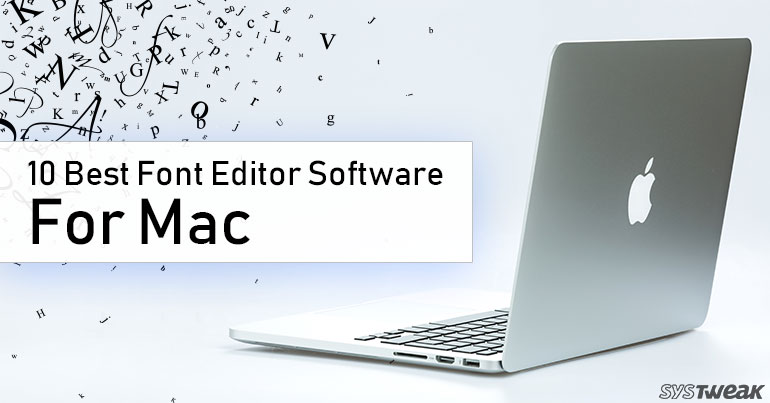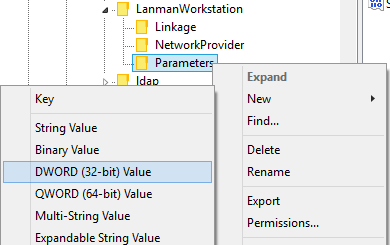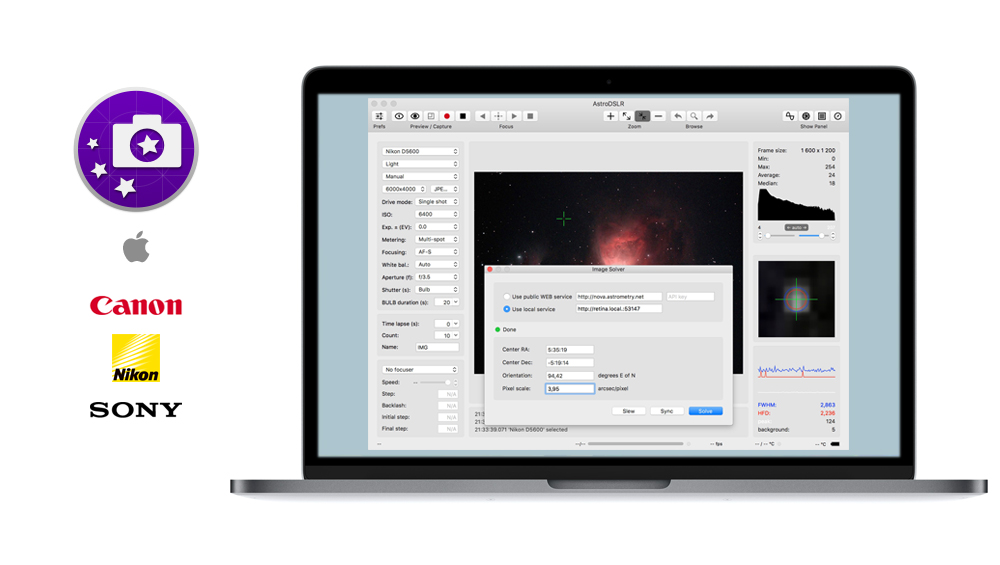Powerful Universal Editor/Librarian software for Windows. Midi Quest supports over 360 synths, samplers, effects units and drum machines including the K2000, K2000R, K2500, and K2500R. Also available for the Mac, Amiga, and Atari ST.
K2000 Software Editor Software
To make raspberry pi debian Wheezy running my K2000 software i need to install the following stuff:


- The K2000 can record all 16 MIDI channels of data (including notes, velocities, aftertouch, all controllers, tempo maps, etc.) in one pass. The K2000 can be a slave to an external MIDI clock, or act as the master MIDI clock. Version 3 software adds a full featured 32 track sequencer. It has stop record, quantizing and input quantizing.
- It is a fully featured DLS level 2+ and SoundFont 2 instrument editor. You can also use it as an editor for lots of other synths — for some, it is the only PC editor. Data is organized in an easy to use 'two panes' layout — with a hierarchical instrument tree to the left, and a waveforms list to the right.
- Download drivers for NVIDIA products including GeForce graphics cards, nForce motherboards, Quadro workstations, and more. Update your graphics card drivers today.
- Firs to install Ralink dongle (for Access Point support) drivers you will need to edit /etc/apt/sources.list
and add
- Then install needed packages:
- Configure Samba:
Create sharing folder (for example /home/shares)
Now create users to access this directiory
Create a password for this user
#smbpasswd -a K2000
Edit Samba configuration file located at /etc/samba/smb.conf
exit and save nano and check that the file you edit


K2000 Software Editor Free
Now you need to restart the samba to take the new changes effect
test your configuration:
the previous section was inspired from
Now if you want to configure yout pi as Access Point go Here
As USB Dongle i use one with chipset RT5370 (bought on ebay for about 6/8€)
- Install GPSD and setup NTP from GPS:
follow this link : HERE
when using dpkg-reconfigure gpsd a setup is asking you several things. here are my configuration
– i’m using a USB gps Receiver so my GPS port is /dev/ttyUSB0
-it then ask you for some parameters. you can leave it blank and apply the default values but i used the following:
-b -D 2 /dev/ttyUSB0 -G 192.168.0.199 -S 2947
(note that i could not make gpsd startup properly without this set of options)
options details are available HERE
To test your setup type reboot then
it should display a console application displaying gpsd data.
Install Dlna Server (MiniDLNA)

edit the settings file:
Make sure to setup the following settings:
then start the service:
make a first media indexation:
Kurzweil K2000 Software Editor
To test it you can access your dlna server from any web browser.
Go to your device URL (ex: http://192.168.0.100:8200). and you should see your media listed if everything went well.
K2000 Software Editor Online
UPnP Server< -> UPnP Renderer Concept
K2000 Software Editor Download
UPnP Protocol describes several device types:
– Servers
– Renderers
– Controls
Servers provides data/medias to Renderers.
Renderers plays/interpret the different medias/commands
Controls acts as a remote control and provides commands to executes to Renderers.
In out case a Smartphone can act as a Renderer if you want to use it to output audio, and it can also act as a remote control, to list medias from the media server and to tell the renderer to play them.
The raspberry pi acts as both Server(miniDLNA) and Renderer(GMediaRenderer)
For java users, some special libs exists (CLING that is able to act as a control/server and Renderer.
Some integration samples are available on their website.
How it works:
- Do more with detailed discovery and inventory
- The KACE SMA scans your entire network to identify all connected devices, and provides you with detailed hardware and software inventory for Windows, Mac, Linux and UNIX systems, as well as OS and hardware inventory for Chromebooks, utilizing Google APIs. The KACE SMA’s network discovery and asset inventory functions can be performed with or without installing an agent.* By using SNMP and other network scanning protocols, the KACE SMA enables you to obtain actionable information even about connected, non-computer devices, such as networking gear, printers and IP telephony.
- Conserve resources with comprehensive asset management
- The KACE SMA automates asset management from deployment to retirement through a single configuration management database (CMDB), including asset data audits, tracking, compliance and reconciliation. In addition to detailed hardware discovery and software inventory for computers and servers, SNMP object identifiers can be tracked for non-computer devices, such as toner levels for printers. All asset data is integrated across complementary KACE SMA functions, such as patch management, alerts and service desk, and can be easily tracked through the asset’s lifecycle. The KACE SMA’s asset management includes common asset fields and software license types and out-of-the-box support for storing asset associations, ensuring accurate tracking of financial and service impacts of asset changes.
- Reduce maintenance costs for your Dell™ systems with warranty integration
- The KACE SMA automatically pulls warranty information for all your Dell systems and devices — PCs, laptops, printers, servers, storage, tablets and peripherals — directly into its asset inventory. This enables Dell hardware owners to efficiently manage the lifecycle of their Dell devices, reducing costs by avoiding post-warranty maintenance and retiring old assets in a timely manner.
- *Installing an agent is necessary for other functionality, such as patch management and software distribution.